How To Clean Artificial Grass And Keep It Looking Its Best ?
All year long, fake grass remains lush and green. Artificial turf doesn't need to be watered, mowed, fertilized, or fixed in comparison to natural grass. However, this does not imply that artificial lawns are maintenance-free. Maintenance is necessary to keep a positive sense of use and experience. Regular lawn cleaning is required to remove debris that will accumulate there, such as branches, leaves, pet feces, and other things. It will negatively affect the way the grass looks and functions if it is not dealt with on time. The life cycle of fake grass can be extended and kept looking attractive with regular cleaning.
How Often Do We Need To Clean Artificial Grass
The duration of lawn maintenance varies on each individual's circumstances. You might need to mow your lawn frequently if you have a lot of trees and plants, youngsters or pets, or both. This can also make you flush your grass more frequently if you reside in an especially dusty location.
Instead, you can let the rain wash your lawn without frequent spraying during rainy seasons or if it frequently rains where you live. Cleaning your lawn once every two weeks or once a month may be sufficient for lawns that aren't frequently walked on or used. You can make adjustments to the suggested maintenance schedules below based on your usage.
Weekly Maintenance
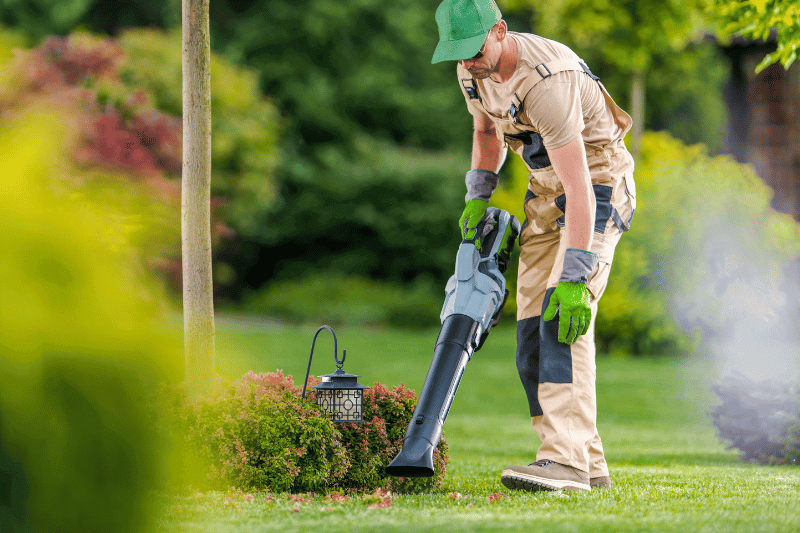
- Clear the lawn of trash, such as leaves. By hand, with a grass brush, or with a bristle broom, you can gather the trash.
- Eliminate the dust and pollen. To effectively eliminate dust and pollen without generating a lot of waste, you can simply rinse your grass with a water hose.
Monthly Maintainance
- To groom fibers into their upright position, use a brush or broom. Make sure to brush the grass in all possible directions when doing so. This maintains the fluff and upright bounce of your turf pile while giving it a look similar to real grass.
Select a synthetic-bristled brush for the grass brush. Use a brush without metal or wire bristles to avoid harming the fibers.
Seasonal Maintainance

- High-traffic areas should be carefully kept up with during the summer when you might prefer to spend time in the garden. Spraying is also beneficial in hot weather. It is both affordable and efficient to sprinkle water on the artificial turf to keep it cool. The foundation of the grass is stabilized and kept in place by regular watering, which is one of the key benefits of doing so.
How To Clean Artificial Grass
The lawn will be used for a lot of family activities, so everything will be visible there. A lawn is a natural part of life. As an illustration, consider beverages, sweets, or gum. How should I then handle these difficult stains? The following is a list of potential problems and their solutions.
-
How to clean liquid objects on artificial grass
The quick reaction is the most straightforward method of dealing with liquid residue. It is simplest to clean when the liquid is still in its liquid state, all you need to do is wash it with water.
The majority of the time, artificial grass is stain-resistant, but depending on the spill, you might need to put in a little extra effort to get rid of odors or stains. Use warm water and a mixture of natural soap, or vinegar and water might be an excellent alternative.
-
How To Clean Sticky Substances On Sticky Grass
In general, chewing gum, candy, and other sticky materials are removed by hand. If, however, a piece of gum is exceptionally challenging to remove, you can use ice cubes or dry ice to chill it first, which will make it simpler to clean. You can use a knife to delicately scrape it off after freezing.
Make sure, nevertheless, that cleaning won't harm the grass or the lawn. Avoid using abrasive cleaners or chemicals to get rid of spills or sticky substances, this is not practical.
Also Read:-
A Step-By-Step Guide To Laying Artificial Grass On Concrete
How To Get Rid Of Bad Odour Smelling From Your Artificial Grass Garden
Top 10 Things To Know Before You Buy Artificial Turf For Dogs And Pets
Laying Artificial Grass – The Complete Guide To Everything
-
How To Remove Weeds And Moss From Artificial Grass
When laying artificial grass, a layer of weed block cloth is positioned beneath the artificial turf. As a result, the grass is less likely to develop weeds and mosses. Despite this, weeds and moss are persistent, so you must still be familiar with how to control their growth.

White vinegar can be used to get rid of moss and weeds from your lawn. Spray white vinegar on weeds to kill them naturally without using harsh pesticides. Spray certain weeds again a few days later if they don't die after only one application. Dead moss and weeds can be easily removed with a brush after using the vinegar.
The artificial turf should be cleared of any organic waste, such as leaves and dead plants, as soon as feasible. because weeds will grow more readily as a result of the minerals created by the decomposition of organic waste.
-
How To Remove Ice And Snow From Synthetic Grass
You can simply brush or sweep away extremely little snowfall. If the snow is heavy, you can either shovel it or use a snow blower, but it's best to simply remove the top inch or so of snow, leaving the remaining snow for a broom to clear.

One thing to keep in mind is that while using salt to melt snow on lawns is possible, it is not advised. The salt residue will build up as a result of prolonged use, obstructing the drainage of the artificial grass's base material.



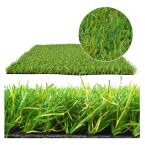

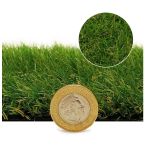


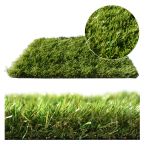


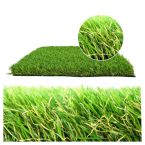
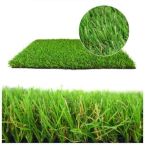

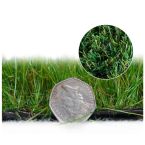
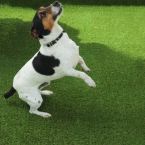






 >
>